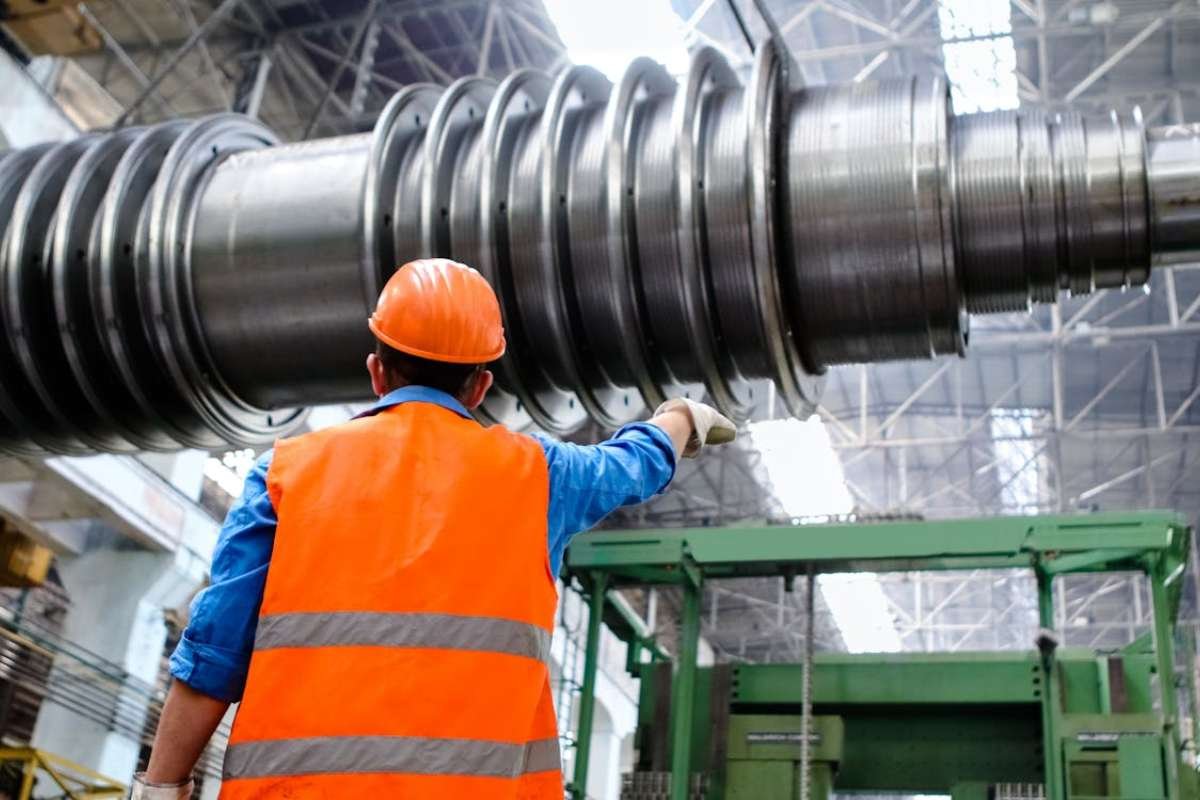Maintaining automated systems in manufacturing is crucial to ensuring consistent production, minimizing downtime, and maintaining efficiency. However, automated systems present unique challenges that require specialized approaches to maintenance. As automation plays an increasingly central role in manufacturing processes, it’s crucial for businesses to understand these challenges and their solutions to optimize productivity and maintain a competitive edge.
Here are challenges and solutions for maintaining automated systems in manufacturing:
1. Complexity of Maintaining Automated Systems in Manufacturing

Automated manufacturing systems are highly complex, involving numerous interconnected machines, sensors, and software systems working together. These systems are often custom-built, and their maintenance requires a deep understanding of both the machinery and the software that controls them. A failure in one part of the system can impact the entire production line, making it difficult to pinpoint the root cause of the problem.
Solution: To address this complexity, manufacturers must invest in specialized training for their maintenance teams. Technicians should be familiar with the intricacies of automated systems, including how to diagnose software-related issues and hardware malfunctions. There should also be good links with companies like cjsautomation.com which can supply parts and advice. Additionally, implementing a comprehensive monitoring system that provides real-time data on machine performance can help identify potential issues early, allowing maintenance teams to take proactive steps before a small problem escalates.
2. Downtime and Production Delays
One of the major challenges of maintaining automated systems in manufacturing is unplanned downtime. When automated equipment malfunctions, it can shut down the entire production line, resulting in a loss of productivity and revenue. Unlike manual systems, automated systems may require more time and technical expertise to troubleshoot, increasing the duration of downtime.
Solution: Predictive maintenance offers a highly effective way to reduce unplanned downtime. By utilizing real-time data and machine learning algorithms, these systems can track equipment performance and predict potential failures before they happen. This allows maintenance teams to schedule repairs during planned downtimes, reducing the impact on production. Additionally, maintaining an adequate inventory of critical spare parts can help to speed up repairs and reduce downtime.
3. Integration of New Technologies

Manufacturing technologies evolve rapidly, and integrating new automation tools or upgrading existing systems can be challenging. Compatibility issues between old and new equipment, as well as the complexity of updating software, can lead to disruptions in the manufacturing process. Furthermore, the transition period during system upgrades can cause inconsistencies in production.
Solution: To overcome integration challenges, manufacturers should take a phased approach when implementing new technologies. Rather than upgrading an entire system at once, businesses can integrate new components in stages, allowing technicians to thoroughly test the compatibility of new and old systems. It’s also important to work closely with technology vendors to ensure proper training and support during the integration process. This approach minimizes the risk of disruption while still allowing for technological advancement.
4. Cybersecurity Risks
As automated systems in manufacturing become more connected through the Industrial Internet of Things (IIoT), they’re increasingly vulnerable to cyberattacks. A cybersecurity breach can disrupt production, cause data loss, and lead to significant financial and reputational damage. Protecting these systems requires more than just physical security—it requires advanced cybersecurity protocols to prevent unauthorized access and protect sensitive data.
Solution: Manufacturers must implement robust cybersecurity measures to protect their automated systems. This includes regularly updating software to patch vulnerabilities, encrypting data transmissions, and using firewalls and intrusion detection systems to monitor for suspicious activity. Employee training is also critical to ensure that staff are aware of cybersecurity risks and know how to follow best practices to avoid breaches. Creating a strong cybersecurity framework is essential to safeguarding automated systems in the digital age.
5. Wear and Tear on Machinery

Even with automation, wear and tear on mechanical components is inevitable. Over time, moving parts will degrade, sensors may malfunction, and control systems may lose calibration. Regular maintenance is needed to prevent these issues from affecting production quality or causing system breakdowns.
Solution: Implementing a preventive maintenance schedule can help address wear and tear before they lead to system failure. Preventive maintenance involves conducting regular inspections, cleaning, lubrication, and calibration of machinery to ensure optimal performance. Additionally, using high-quality materials and components in automated systems can help to extend their lifespan and reduce the frequency of maintenance.
Conclusion
Maintaining automated systems in manufacturing is essential for ensuring efficient, uninterrupted production. However, the complexity of these systems, the risk of downtime, integration challenges, cybersecurity threats, and wear and tear on machinery present unique challenges. By adopting solutions such as specialized training, predictive and preventive maintenance, phased technology integration, and robust cybersecurity protocols, businesses can overcome these obstacles and maintain the smooth operation of their automated systems. Addressing these challenges proactively ensures the longevity and reliability of automated systems, contributing to the long-term success of manufacturing operations.


















